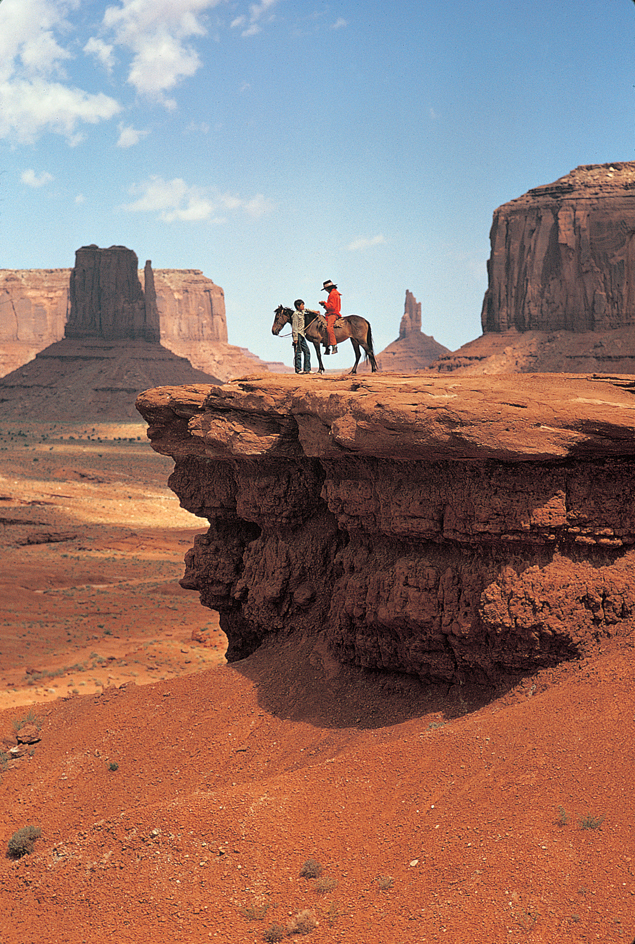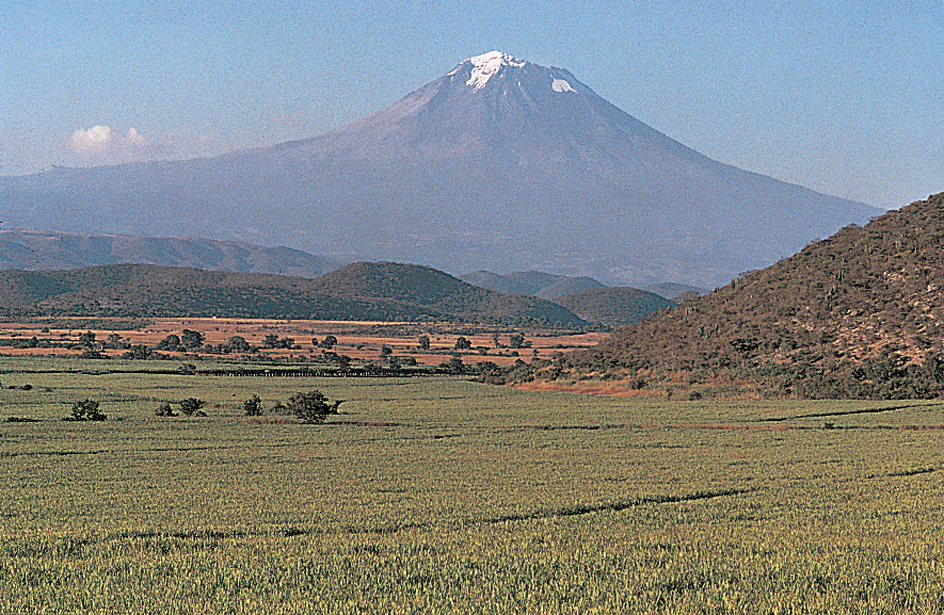Plateau is a raised area of relatively flat land. Some plateaus were originally plains (low, flat lands) produced by water erosion. Forces within the earth pushed the plains upward, creating the plateaus. Other plateaus lie on rocks that formed in a horizontal arrangement. Many such rocks formed from lava.

Streams often cut deep valleys into plateaus. Valleys with steep sides are known as canyons. The awesome Grand Canyon in Arizona, for example, is cut into the Colorado Plateau.
Closely spaced rivers may cut a plateau so much that only a small portion of its original surface remains. Such cutting may form peaks known as erosion mountains. Rivers formed the Catskill Mountains in New York by cutting into the Appalachian Plateau.
Major plateaus occur at many elevations. The Plateau of Tibet in Asia has an average elevation of about 14,800 feet (4,500 meters). The Altiplano in Bolivia has an average elevation of 12,000 feet (3,700 meters); the Plateau of Mexico, 6,500 feet (2,000 meters). Lower plateaus are in Iran, east and southwest Africa, India, and central Asia. The world’s largest plateau, in East Antarctica, has an area of about 4,900 square miles (12,700 square kilometers).
Plateaus in many humid regions, such as in Spain and France, provide excellent grazing lands for sheep and cattle. Plateaus of the Appalachian region have valuable deposits of coal.

See also Columbia Plateau; Mesa.
